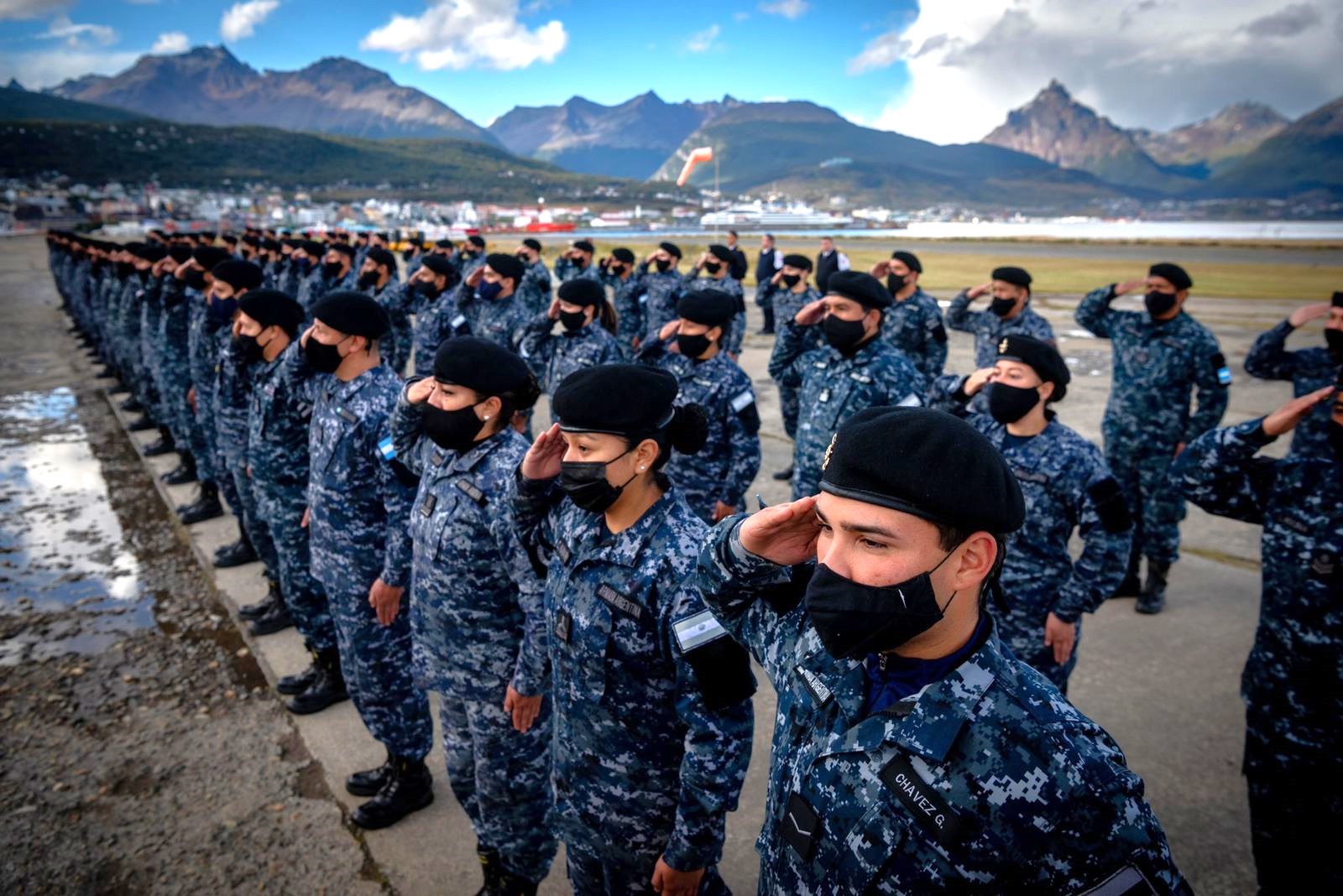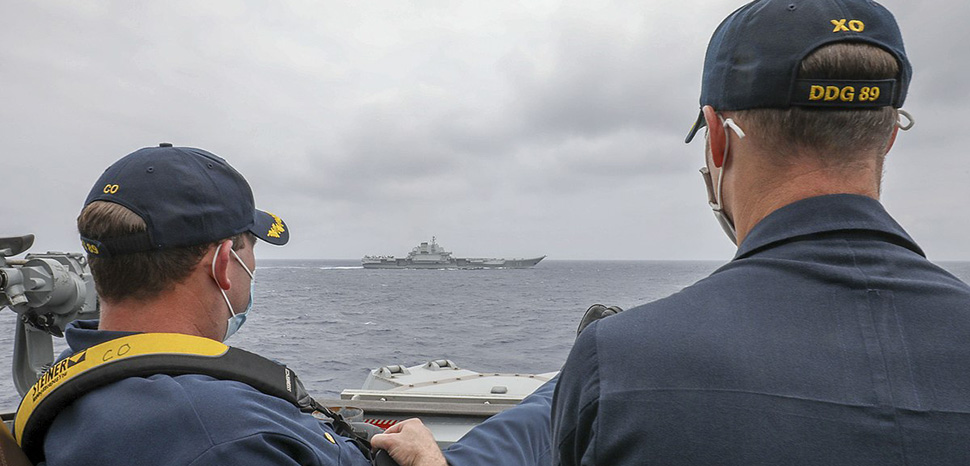This is why Canada and other Western countries need to sail in the South Atlantic, near Antarctic and through the straights of Magellan, regularly:
China is once again pressuring Argentina to build a naval base in Ushuaia, Tierra del Fuego province, which would mean opening the door to Antarctica for Beijing. The military base would allow China to control the passage between the Atlantic and Pacific oceans and monitor communications...

dialogo-americas.com
China has, as you all know, a “maritime militia” composed of technically sophisticated trawlers embedded with huge deep sea fishing fleets that ravage stocks sometimes even within the claimed protected waters of other maritime nations, including Argentina, Chile, and Central American countries:
China uses its maritime militia and fishing fleets as policy instruments to bridge the economic, informational, and military realms. Two PhD candidates provide a thorough discussion on China’s maritime policies and activities; the strategic uses, strengths, and limitations of China’s maritime...
www.armyupress.army.mil
Only a gullible fool would think there is any underlying peaceful intentions in Peace Ark missions:
Territorial tensions in the South China Sea may occupy headlines, but the Chinese Navy has more maritime aspirations.

www.navalnews.com
“Chinese naval expansion, facilitated by the acquisition of new ports, can be interpreted as a reflection of historical trends in which emerging powers challenge established hegemonic powers. For example, China’s commercial activities in the Indian Ocean point to investments that may foreshadow China’s intention and capability to be able to operate high-end military missions. The allocation of Chinese resources towards port infrastructure development may potentially yield significant military capabilities. These investments include naval deployments that exceed the necessary capabilities for countering piracy or engaging in humanitarian activities. They also involve the development of advanced platforms for gathering intelligence at sea against state adversaries. Additionally, efforts are being made to enhance the resilience of logistics networks that play a crucial role in conducting operations during times of conflict.”
Beijing’s acquisition of overseas ports and expansion of PLA Navy projection capabilities shows all the signs of a classic security dilemma.
www.geopoliticalmonitor.com
If China was able to gain a general purpose naval base at the tip of South America that can support surface ships and submarines and especially a facility with an airstrip nearby, they will have in large part asserted control over the Atlantic interface to the Antarctic to facilitate unhindered exploitation. They can co-opt Chile and Argentina because they are both economically vulnerable and perhaps naively think that the US and in particular the USN can wrest back control if either South American country decides to boot China out.
The closest similar base for the US and Western Allies in the South Atlantic would be in the Falkland Islands, which would require significant development even at the RAF new(ish) airbase. I don’t believe there are adequate facilities in existence in the Falkland’s locate (permanently) a fleet of surface ships and submarines, and that needs to be done ASAP.
So, at least 4 things need to happen:
1. Diplomatically and economically steer South America away from China;
2. Create an Allied surface fleet permanently stationed in the South Atlantic with a well protected air base;
3. Assist Argentina and Chile in driving away the PLAN maritime militia from the South Atlantic
4. Protect the Antarctic from what would almost certain environmental destruction through unfettered resource extraction.
Deploying AOPS in a top to bottom circumnavigation of North and South America multiple times per year, would demonstrate Canada’s commitment to deterring the PLAN maritime militia, support countries we are allied with (Britain >Falklands), support countries we wish to see succeed without China controlling them (Argentina, Chile), demonstrate resolve to protect the environment, and finally provide the RCN with a quite useful international tasking for AOPS, and eventually CSC and JSS sailings.






